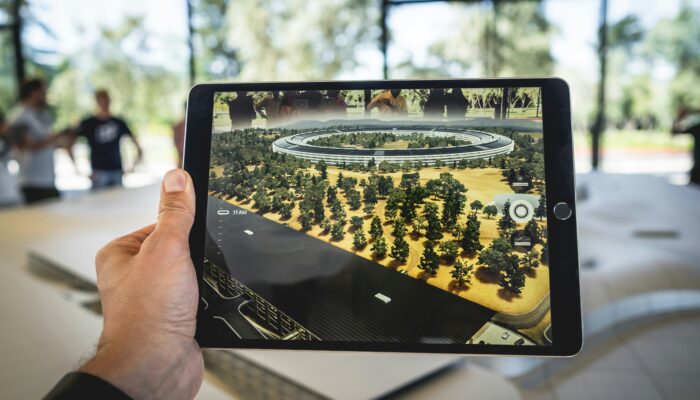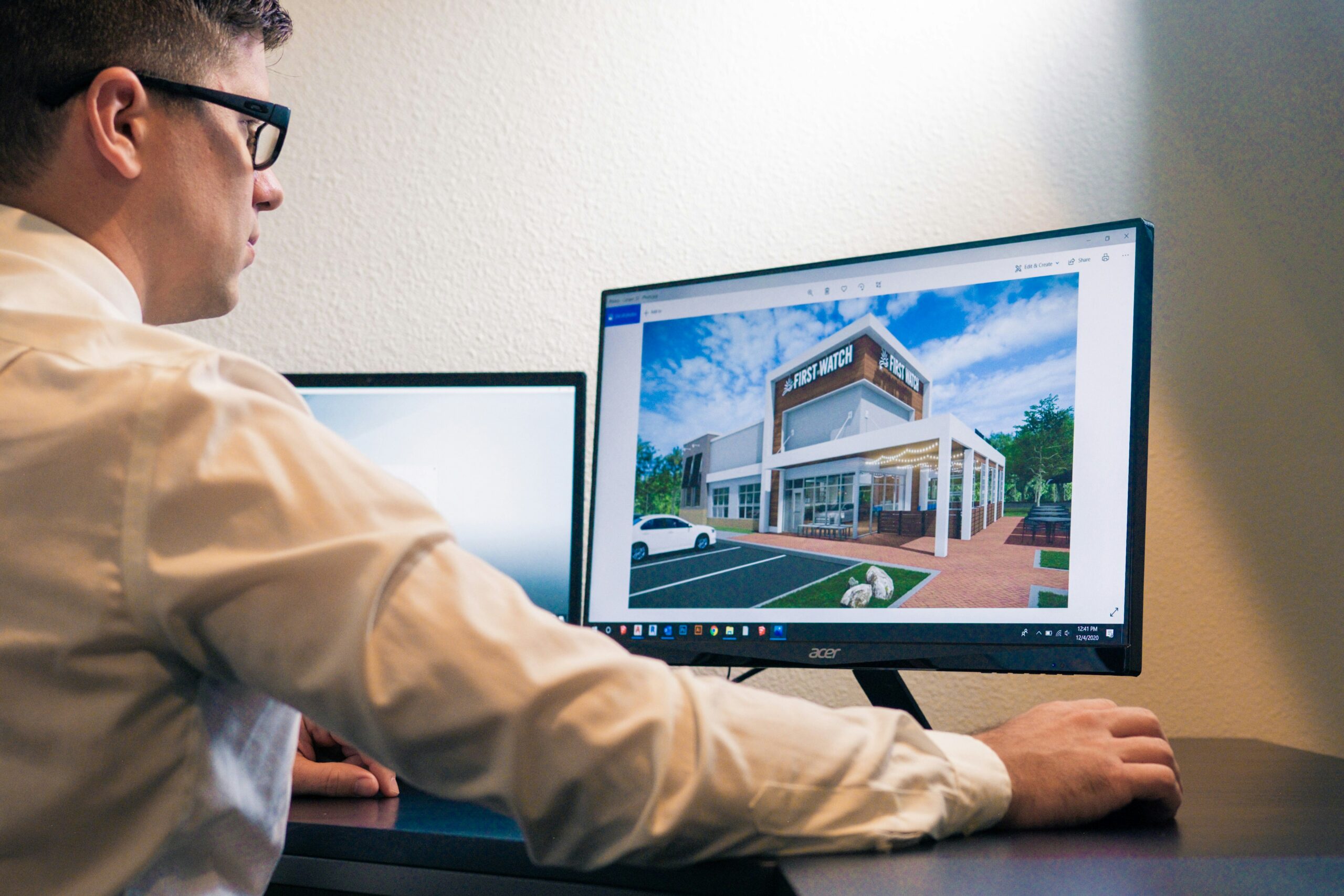Uzone.id – In the new digital age the construction world looks different owing to technological advancement. Digital architecture, an integration of information and communication technology (ICT), in planning and construction has shifted the paradigm of designing in architectural practice. In this article the author will outline a number of ways in which digital architecture has revolutionized design and management of construction projects.
Architecture, as one of the essential spheres that imply understanding building design as a complex process, has also evolved with the help of new technologies. Whereas in the past the design of the building was done with traditional drawing tools, today architects have a number of highly developed programs that will enable them to design even more accurately and dynamically. Digital architecture is part of the implementation of information technology in architectural design, whereby everyone in the construction industry gains or loses something.
More Realistic Visualization
Innovative programs for architectural designing for example AutoCAD, Revit and even SketchUp enable architects to produce a very detailed 3D construction model of a building. These 3D models can be rendered in very realistic images to help the clients to be able to see how the building will look before construction is done.
“Realistic 3D renderings allow us to communicate with clients more effectively, reduce miscommunication, and increase customer satisfaction.” – Bjarke Ingels, renowned Architect, founder of BIG Architects.
Virtual Reality (VR) and Augmented Reality (AR) technologies give clients the astonishing experience to walk through the building that is in the planning process. This is a better approach since it makes the clients interact with the design and get a deeper understanding of it.
“Virtual reality has revolutionized the way we interact with architectural design. Clients can now ‘step inside’ their buildings before the design ink has dried.” – Mark Zuckerberg, CEO of Meta (formerly Facebook), 2016.

Increased Design Efficiency
This means, using parameterization architects can easily get a new shape of design by simply tweaking a few parameters. This makes it possible for quick and easy production of several designs by the fashion designer.
Energy and lighting simulation; acoustics, or the performance of a building can be analyzed using the simulation software. This makes it possible for the architect to fine tune the design of the building to fit the need of efficiency and sustainability.
Better Collaboration
Group work by means of sharing cloud-based designs, the design teams may contribute their inputs in a real-syndicated manner regardless of geographical distance. This leads to efficient communication and coordination hence improving on the management of the overall organization.
Secondly, Building Information Modeling (BIM) which is a process of assembling all the information regarding a building into one single 3D model. BIM models can be generated and utilized by all the stakeholders in the construction process including architects and contractors.
“Building Information Modeling (BIM) is the common language for the construction industry. It allows all parties involved to work together more efficiently and effectively.” – Stephen E. Jones, CEO of Autodesk.
More Accurate Construction
In the construction industry, computer-controlled systems like laser cutter and 3D printers can be effectively applied when it comes to fabrication of building components in its fabrication processes to high geometric precision. This helps in avoiding mistakes that may be made during construction hence saving a lot of time.
In the same category, Drones can be used for example to capture survey data of the project site, to track the construction progress and to create site models of construction places.
Therefore, there are certain issues that should be addressed when it comes to digital architecture, for instance, the cost since sometimes it takes much to put in place the necessary digital technology in relation to construction projects. As per skill, not all architects and contractors possess the skills which are required for utilizing digital technology. On the other hand, there at the present moment no stern specific patterns for Data and files for formating in digital architecture which sometimes prevents interoperability between different software.
Technology has however tremendously affected the manner in which architectures are being designed and developed. Through technology many architects have been able to come up with complexes, востребованные и экологически pri Vanityraz guessed. All in all, despite some of the current drawbacks, the future of Digital Architecture is rather ambiguous. Future advancements indicate that there is likely to be more invention in the construction line as it is seen in the course of this century.














